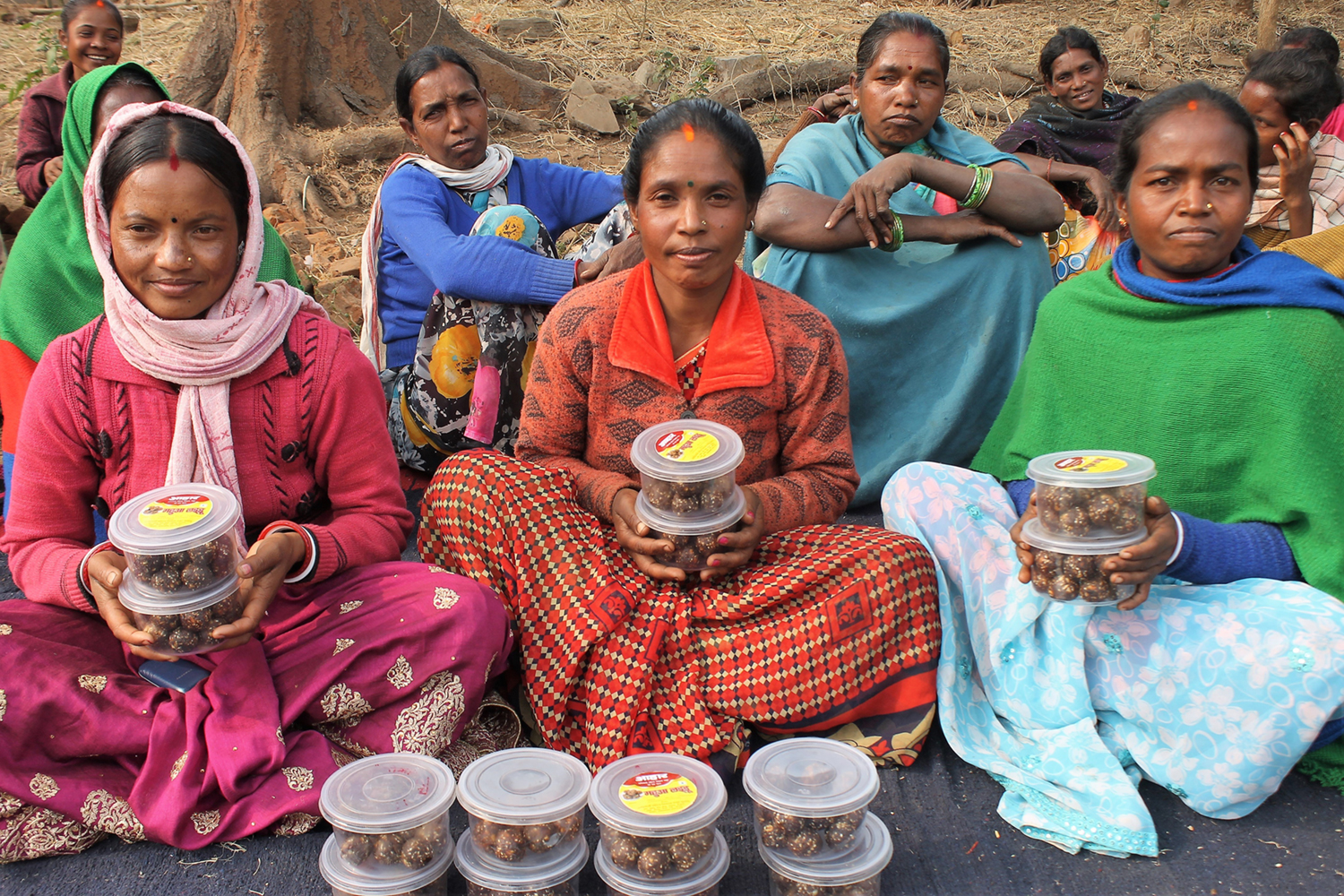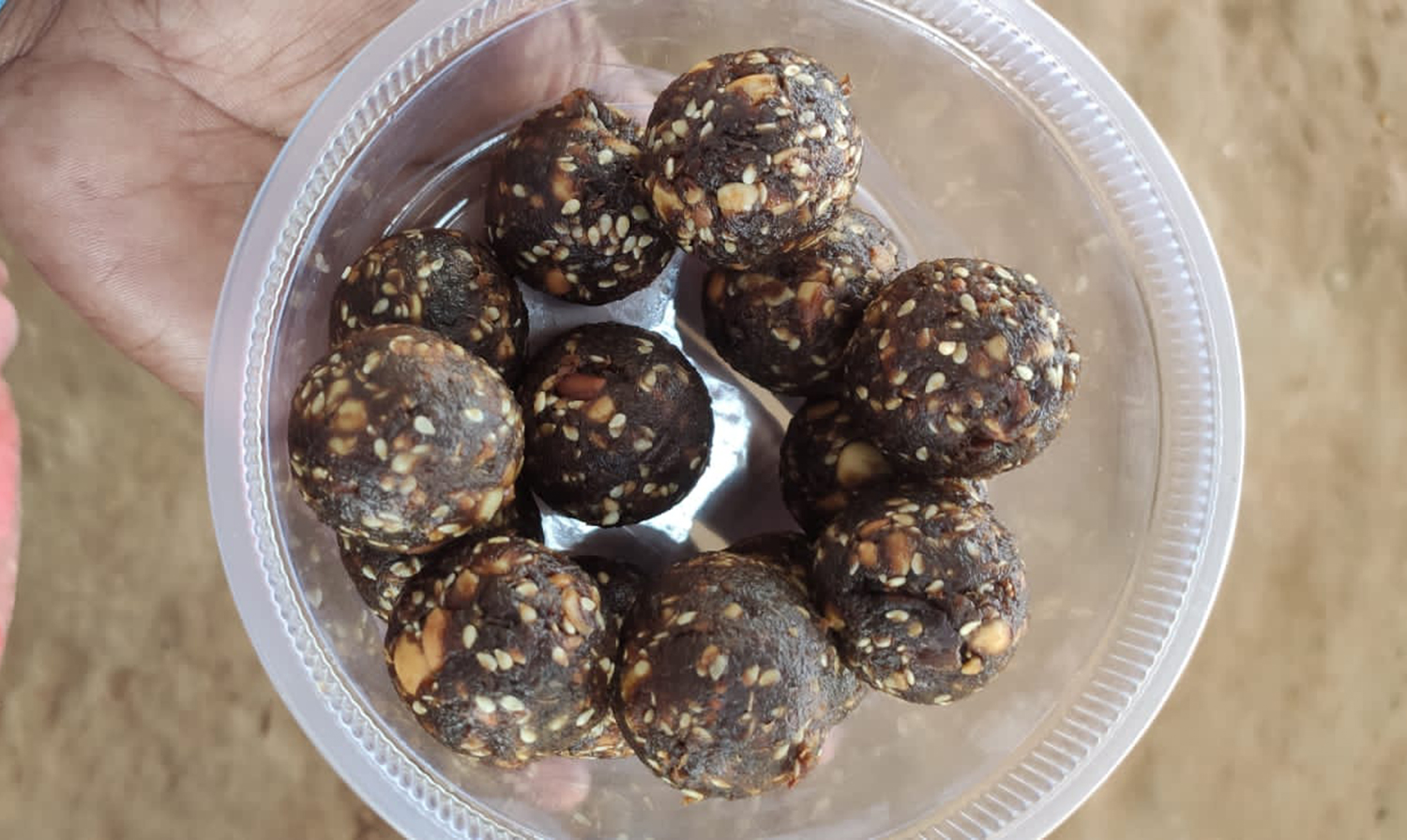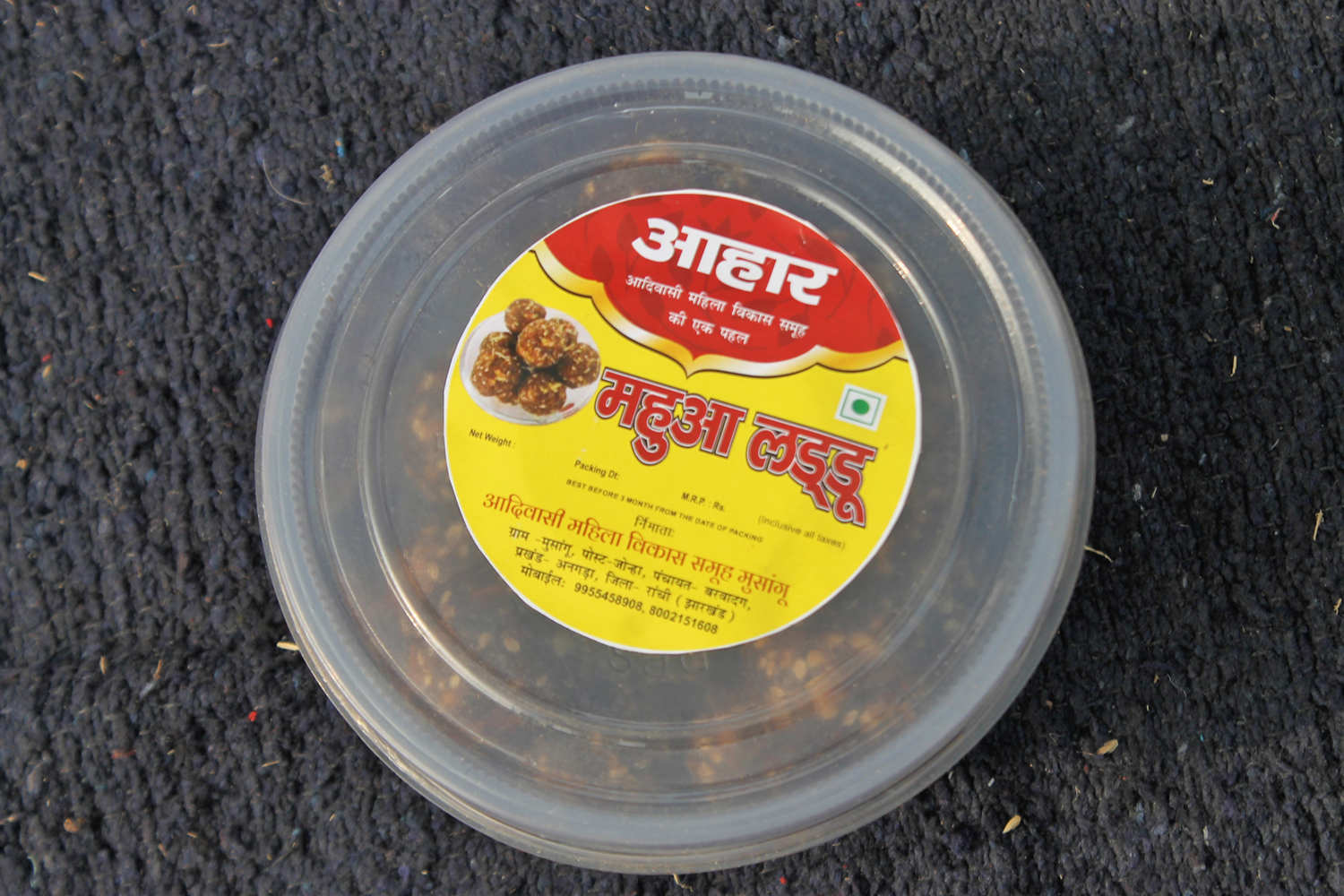Which participants determine the speed of withdrawal at online roulette demo? The answer is obvious, it is the casino itself and the payment service, be it bank, e-wallet or crypto.
Mahua: a reliable source of tribal livelihood
The symbiotic relationship between tribals and their forest is inalienable. Mahua (Madhuca longifolia) plays a key economic and cultural role in the lives of tribals. Even before they are born, they are connected to the mahua tree.
Mahua is woven into every aspect of their cultural life, from conception to death, from marriage to funeral. The mahua tree yields a variety of products, including syrups, purees, liquor, and medicinal extracts.Even expectant mothers are given a chutney (sauce) made of mahua flowers because of its nutritive value of vitamins, proteins, minerals, and fats. Mahua liquor is served throughout different ceremonies and is also a part of the wedding. It is everywhere in their daily lives, including in food, fodder, dawaa (medicine), and daaru (alcohol). According to them, mahua is not a tree, it is a way of life.
Mahua, a non-timber forest product, has diverse uses but is limited to remote tribal areas of India. As time passes, traditions and behaviours progressively change. Most city dwellers and urbanites have never seen or tasted mahua in any form, though they may have heard of it. The collection of mahua flowers, which typically takes place in the months of February and March each year, has been hampered by the fact that even villagers were not well-informed about the diverse uses of mahua outside of local alcohol. This has also affected the income of village dwellers, as they used to collect and sell mahua flowers to traders during the lean agricultural season to meet their small household needs.
Musungu in Ranchi’s Angara block is one of 165 tribally dominant villages chosen to participate in Caritas India’s Gram Nirman program, which is supported by Caritas Australia.The settlement is isolated and surrounded by forest and three surrounding hamlets, but the residents’ socio-economic situation is still poor, and people struggle to meet their basic needs. People in Musungu village have participated in Asset Based Community Development exercises along with the Caritas India team since the new phase of Gram Nirman began in the village in July 2021. The visioning exercise included participants of all ages, including males, females, adolescent girls, youth, children, the elderly, migrants, widows and widowers, and orphans. The exercise’s focus was on “what they already have as a resource in their village” and “how they could expand on that.” The whole exercise created a sense of ownership in the community.
Existing Mahua trees were identified as a resource for the community, and with the assistance of the Gram Nirman team, the Adivasi Mahila Vikas Samuh SHG and 10 other SHGs received training in the creation of local confections, such as Ladoo, using Mahua flowers. Mahua ladoos are made even more delicious for consumers by the inclusion of ghee, resin, and nuts.
During community and Gram Sabha meetings, SHG members have urged the community to incorporate Mahua ladoo into their daily diet due to its benefits in treating skin conditions, rheumatism, headaches, and even diabetes. They were thrilled with the initial consumer response while selling the ladoos at local markets. The SHG members developed their own brand name, “Aahar,” with help from the Gram Nirman team, along with appealing labelling and airtight packaging for long-term use.
The Adivasi Mahila Vikas Samuh makes between Rs. 3,000 and Rs. 4,000 per week selling Mahua ladoos in neighbourhood weekly markets.
Motivated by its initial success, the SHG business expanded its product line and recently produced a tangy pickle made from Mahua flowers.
In order to expand, meet demand, and increase profit, they are willing to train and employ more community women and sell their product in nearby cities under the brand name “Aahar.”
Copyright Caritas India 2013 ! Developed by Neural Info Solutions Pvt. Ltd.

















































